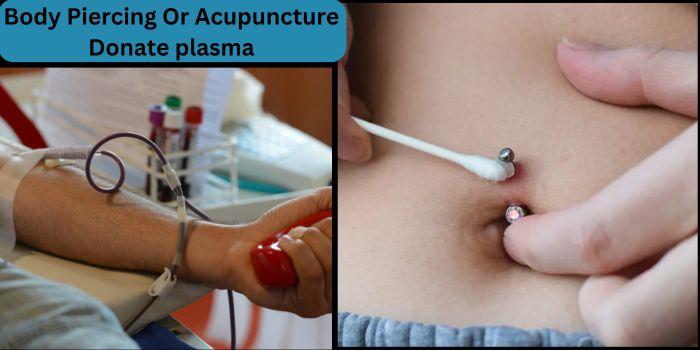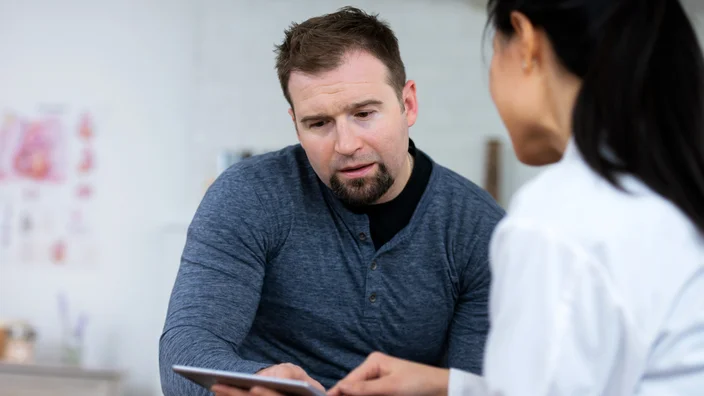Hidradenitis suppurativa (HS), also known as acne inversa, is a chronic inflammatory skin condition characterized by painful nodules, abscesses, and sinus tracts in areas of the body with apocrine glands, such as the armpits, groin, and buttocks. This debilitating condition can significantly impact a person’s quality of life, causing pain, discomfort, and emotional distress. Fortunately, several Hidradenitis Suppurativa Treatment options are available to help manage symptoms and improve outcomes for individuals living with HS.
Understanding Hidradenitis Suppurativa: Causes, Symptoms, and Diagnosis
The exact cause of hidradenitis suppurativa remains poorly understood, but it is believed to involve a combination of genetic, hormonal, and environmental factors. Common symptoms include tender nodules, abscesses, and draining sinus tracts, which can lead to scarring and disfigurement over time. Diagnosis is typically based on clinical presentation and may involve biopsy or imaging studies to rule out other conditions.
Treatment Approaches for Hidradenitis Suppurativa: A Multifaceted Approach
Managing hidradenitis suppurativa requires a comprehensive treatment plan tailored to each patient’s individual needs. While there is no cure for HS, various treatment modalities can help alleviate symptoms, reduce inflammation, and prevent disease progression.
1. Lifestyle Modifications
Simple lifestyle changes can have a significant impact on managing hidradenitis suppurativa. Patients are often advised to maintain good hygiene, wear loose-fitting clothing, and avoid shaving or irritating affected areas. Smoking cessation and weight loss may also be recommended, as both factors have been linked to disease severity.
2. Topical Treatments
Topical treatments, such as antibacterial washes, corticosteroids, and topical retinoids, can help reduce inflammation and prevent infection in mild cases of hidradenitis suppurativa. These medications are typically applied directly to affected areas and may be used in combination with other treatment modalities for optimal results.
3. Systemic Medications
For more severe cases of hidradenitis suppurativa, systemic medications may be necessary to control symptoms and prevent disease progression. Antibiotics, such as tetracycline or clindamycin, are often prescribed to reduce bacterial colonization and inflammation. Immunosuppressive agents, such as corticosteroids or methotrexate, may also be used to modulate the immune response and reduce inflammation.
4. Biologic Therapies
Biologic therapies have emerged as promising treatment options for moderate to severe hidradenitis suppurativa that has not responded to other medications. These medications target specific components of the immune system involved in the inflammatory process, such as tumor necrosis factor-alpha (TNF-alpha) or interleukin-17 (IL-17), and have been shown to effectively reduce symptoms and improve quality of life in some patients.
5. Surgical Interventions
In cases of advanced or refractory hidradenitis suppurativa, surgical interventions may be necessary to remove affected tissue, drain abscesses, and alleviate symptoms. Surgical options range from simple incision and drainage procedures to more extensive excisional surgeries, such as wide local excision or skin grafting. While surgery can provide significant relief for some patients, it is not without risks and may be associated with long recovery times.
6. Emerging Therapies
Research into new treatment modalities for hidradenitis suppurativa is ongoing, with several promising therapies on the horizon. These include targeted immunomodulatory agents, such as Janus kinase (JAK) inhibitors and phosphodiesterase inhibitors, as well as novel biologic agents targeting other inflammatory pathways implicated in the pathogenesis of HS. Additionally, advances in laser therapy and photodynamic therapy show potential for managing symptoms and promoting wound healing in affected individuals.
Conclusion: Empowering Patients Through Education and Support
Living with hidradenitis suppurativa can be challenging, but with the right treatment approach and support network, patients can effectively manage their symptoms and improve their quality of life. By adopting a multifaceted treatment plan that addresses the underlying causes of the disease and targets inflammation, patients can find relief from pain, reduce the frequency of flare-ups, and regain confidence in their skin. With ongoing research and advancements in treatment options, the future holds promise for improved outcomes and better quality of life for individuals living with hidradenitis suppurativa.





